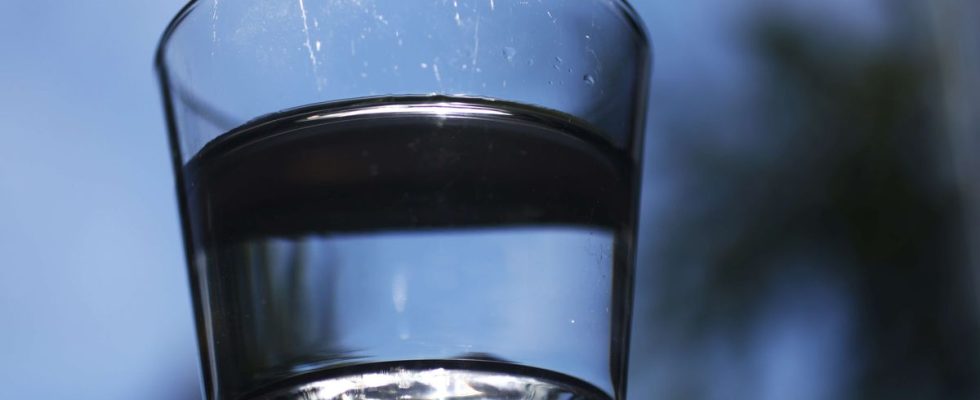Health risk or not? The National Health Security Agency (ANSES) has just published a report on its latest campaign to measure the presence of certain chemical compounds in water. In its conclusions, a pesticide derivative appears to be of concern: the metabolite of chlorothalonil R471811, a derivative of benzene. The Hauts-de-France regional health agency (ARS) announces the implementation of surveillance, but not immediately
Because the region is particularly affected, not only by chlorothalonil, but by the concentrations of pesticides and other derivatives of all kinds. Hauts-de-France thus has the highest maximum concentration in France (14.3µg/l of water), ahead of Bourgogne-Franche-Comté (7.3µg/l).
Quality Limit Violations
Every three years, ANSES examines the case of molecules not or little sought after during the regular checks of drinking water carried out by the ARS. As soon as a new substance derived from pesticides is identified, it is included in the protocol for these health checks.
The samples concerned in particular 157 pesticides and pesticide metabolites, that is to say components resulting from the degradation of plant protection products, reveals ANSES, on his site. In treated water, that is to say water suitable for human consumption, seven of these chemical compounds led to the quality limit being exceeded, with in particular the particular case of this chlorothalonil.
“It caught the attention of scientists on two particular points. On the one hand, it is the pesticide metabolite most frequently found, in more than one out of two samples. On the other hand, it leads to overruns of the quality limit in more than one out of three samples”, underlines ANSES, which specifies that it is regularly found in drinking water in Switzerland.
In 2020, it had even been discovered in bottles of Evian water. The company then indicated that its presence was without risk to health. The Future Generations association, which campaigns against the use of pesticides in agriculture, is not of the same opinion.
Classified carcinogenic 2
“This molecule is classified as carcinogenic 2, that is to say that the danger is certain for animals, and unknown for humans, for lack of study on the subject, deplores François Veillerette, spokesperson for Future Generations . However, we have known for seventeen years by the European Commission that chlorothalonil has the capacity to produce metabolites in large quantities. And the authorities do nothing. »
Contacted by 20 minutes, the Hauts-de-France ARS assured that chlorothalonil R47181 “is being integrated into health control”. “However, the integration requires beforehand that the laboratories in charge of the sanitary control of water in the region make the analysis techniques reliable for this metabolite, which is not the case today”, admits the ARS . Nothing was anticipated while the authorities knew the potential risks since 2006.
Then a gear change takes place. The health authority has “expressly asked laboratories to develop robust and accredited techniques after which this molecule may well be integrated into the control”. We will therefore have to wait for any restrictions on consumption.
The Ministry of Health has set the transitional concentration limit at 3 µg/l of water for future checks. A completely arbitrary limit since no study can show beyond what threshold chlorothalonil is toxic in an individual. In any case, the bar has not been set too low because “Anses’ exploratory survey does not reveal that this standard has been exceeded [3 µg/l] “, wishes to specify the ARS.
“We cannot be held responsible”
This concentration nevertheless reacts to the Noreade water distribution companies, which supply drinking water to around one million people in Hauts-de-France. In a press release, they call on the public authorities “to take their responsibilities”. “We cannot be held responsible for the current situation which results, in fact, from agricultural practices which were authorized by the public authorities until extremely recent times (until 2019, in this case)”, they point out.
This chlorothalonil has, in fact, been used since the 1970s as a fungicide, in particular in the fight against certain fungi for the cultivation of cereals, vegetables and the maintenance of vines. It was banned in 2020 by the European Union.

